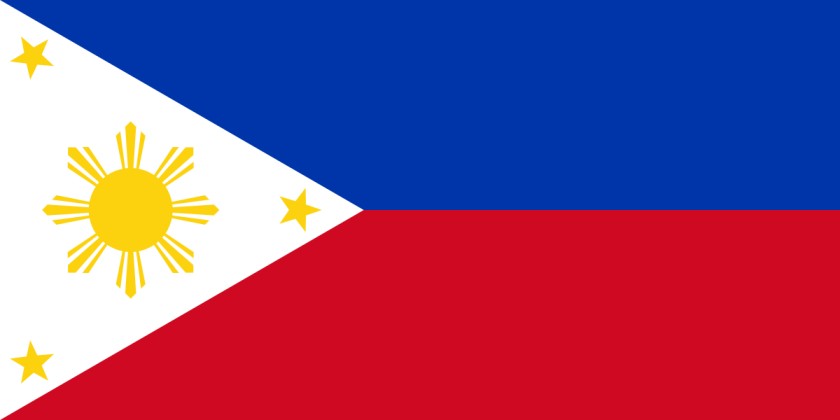
It is the foundation of the Filipino language, which is the national language of the Philippines and is spoken by nearly 90 million people worldwide. Tagalog is an Austronesian language that is closely linked to other languages spoken in the Philippines such as Cebuano, Ilocano, and Waray.
Tagalog is a fascinating language that has changed through time, taking terms from Spanish, Malay, Chinese, and English. It has a strong literary legacy and is the preferred language of many poets, authors, and musicians in the Philippines.
The Tagalog alphabet consists of 28 letters and is written in the Latin script. Tagalog's usage of affixes, which are added to the base word to change its meaning, is one of its distinguishing features. For example, "kabataan" (youth) is formed by adding the prefix "ka-" to the word "bata" (child). It is also notable for its usage of "pang-uri" or adjectives to characterize nouns. These adjectives are frequently used before the noun they modify, and they can convey size, color, form, texture, and other characteristics.
Because of the expanding number of Filipinos living and working overseas, there is a growing demand for English to Tagalog translation. Many Filipinos who have relocated to other countries may not be competent in English, necessitating the use of translations in order to comprehend vital documents, contracts, and other forms of communication. Furthermore, businesses and organizations seeking to reach out to the Filipino population may require translations in order to successfully deliver their message and connect with their target audience. As a result, precise and culturally relevant grammarly-correct translations from English to Tagalog are critical for efficient communication and comprehension.
One of the difficulties in learning Tagalog is its complicated grammatical rules, which are especially difficult for non-native speakers. However, with time and effort, it is possible to become fluent in the language.
Tagalog's popularity has spread outside the Philippines in recent years, with many individuals all over the world demonstrating an interest in studying the language. This is due, in part, to the expanding impact of Filipino culture, music, and food, as well as the growing number of Filipinos living and working in other countries.
Finally, it is an enthralling language with a rich history and cultural importance. Its distinctive traits make it a difficult yet rewarding language to learn. Learning Tagalog is a wonderful activity whether you want to go to the Philippines, interact with Filipino culture, or simply develop your linguistic abilities.